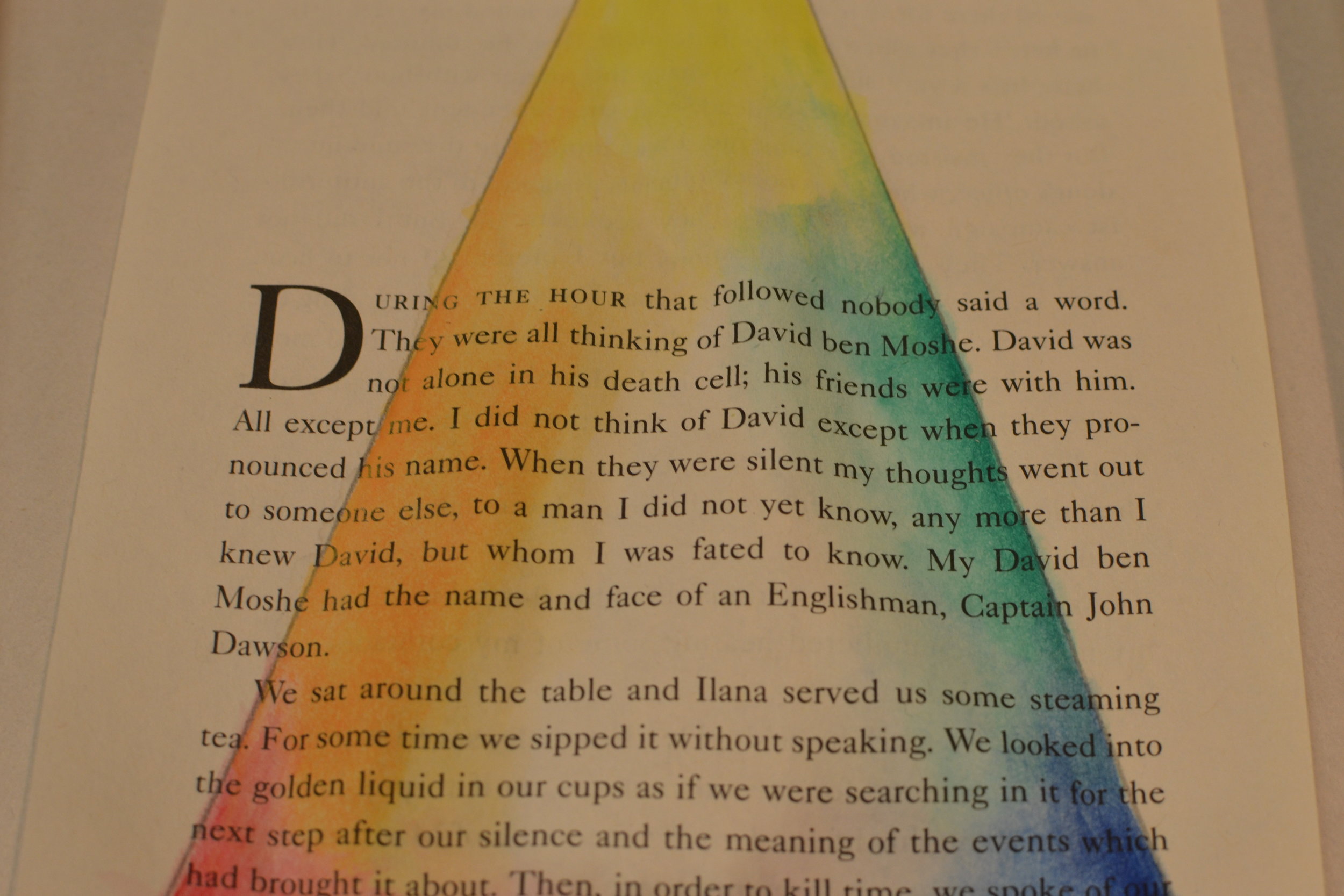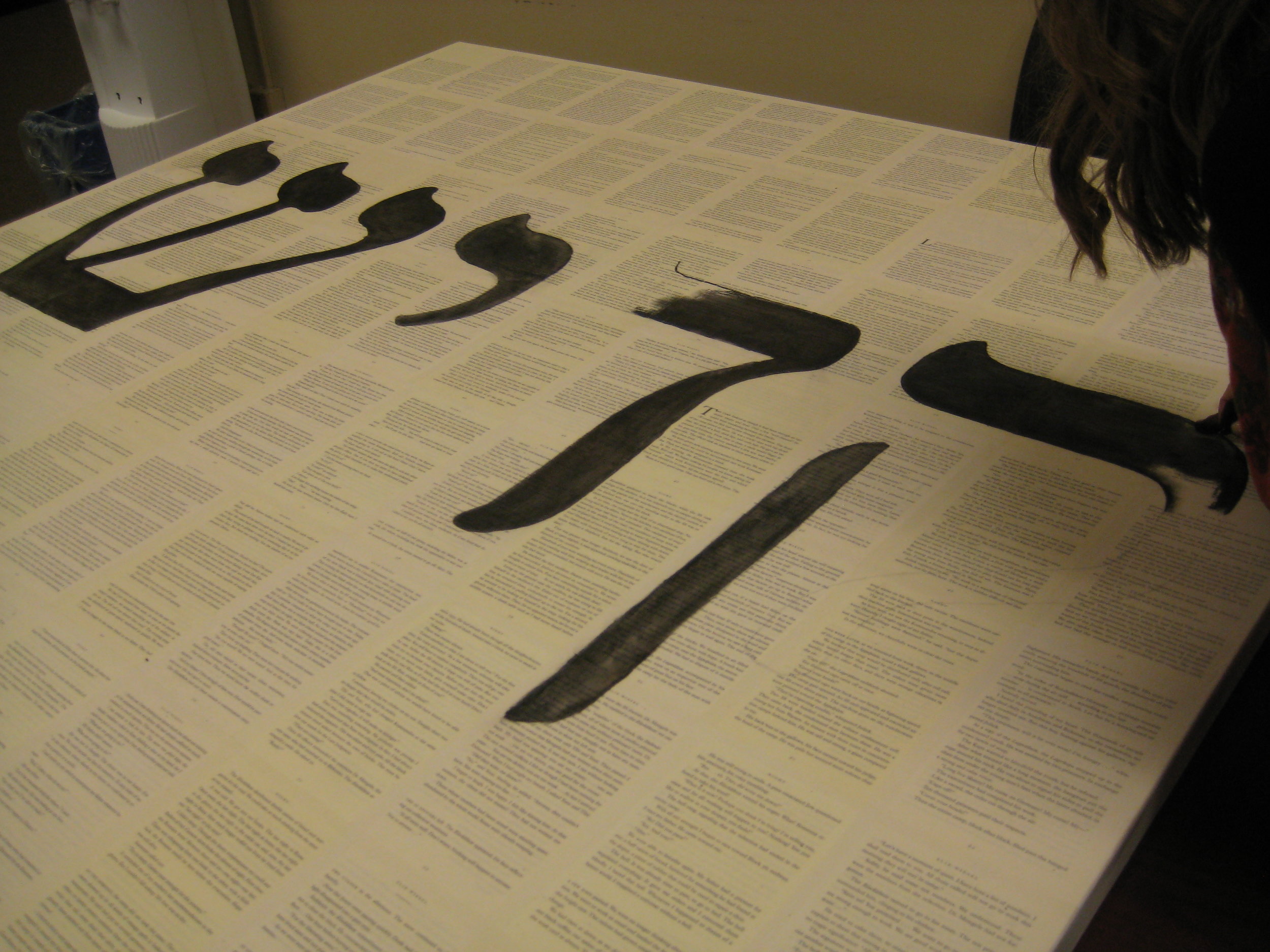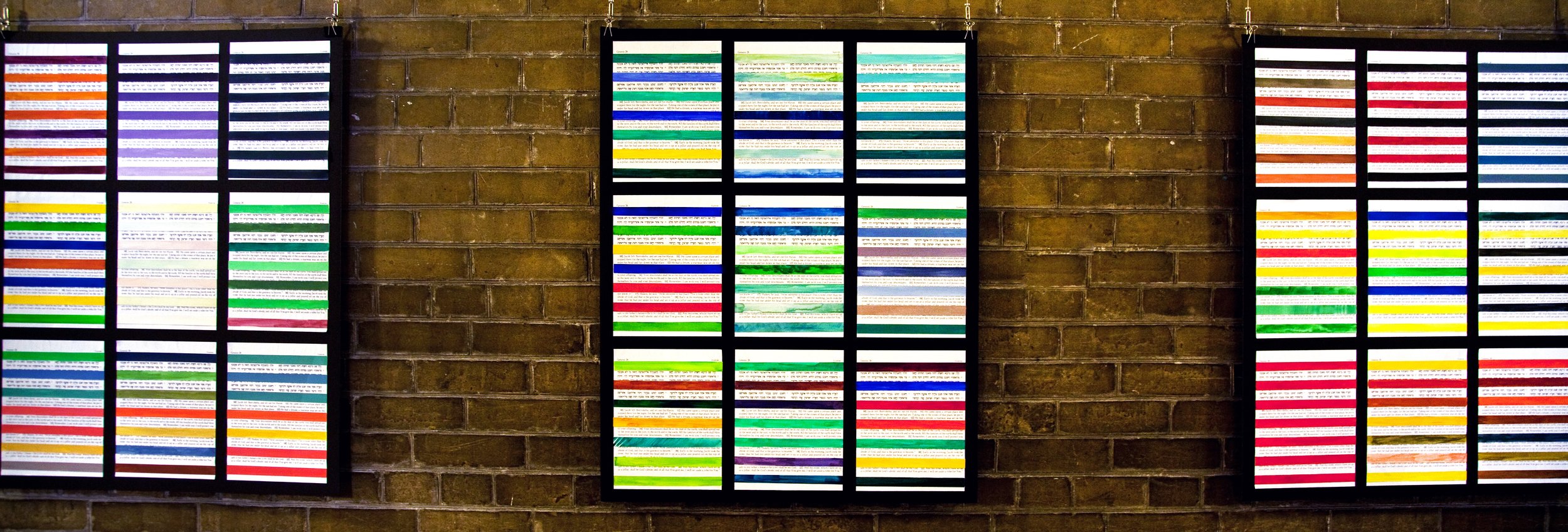After Night
In 2013 in Toronto, Canada, teenagers from a Catholic youth leadership group and teacher candidates from the Ontario Institute for Studies in Education (OISE) at the University of Toronto came together with Dr. Rob Simon and his research team to investigate what happens when young people and educators engage in collective art-making in response to the novel Night by Nobel laureate, Elie Wiesel (1960). The 25-minute documentary film After Night (2014) tells the touching story of this research project from the perspectives of the people involved in it, and makes a case for the value of drawing on multiliteracies in classrooms, art-making as a form of inquiry and curriculum-development, and also for art itself, as curriculum.






































